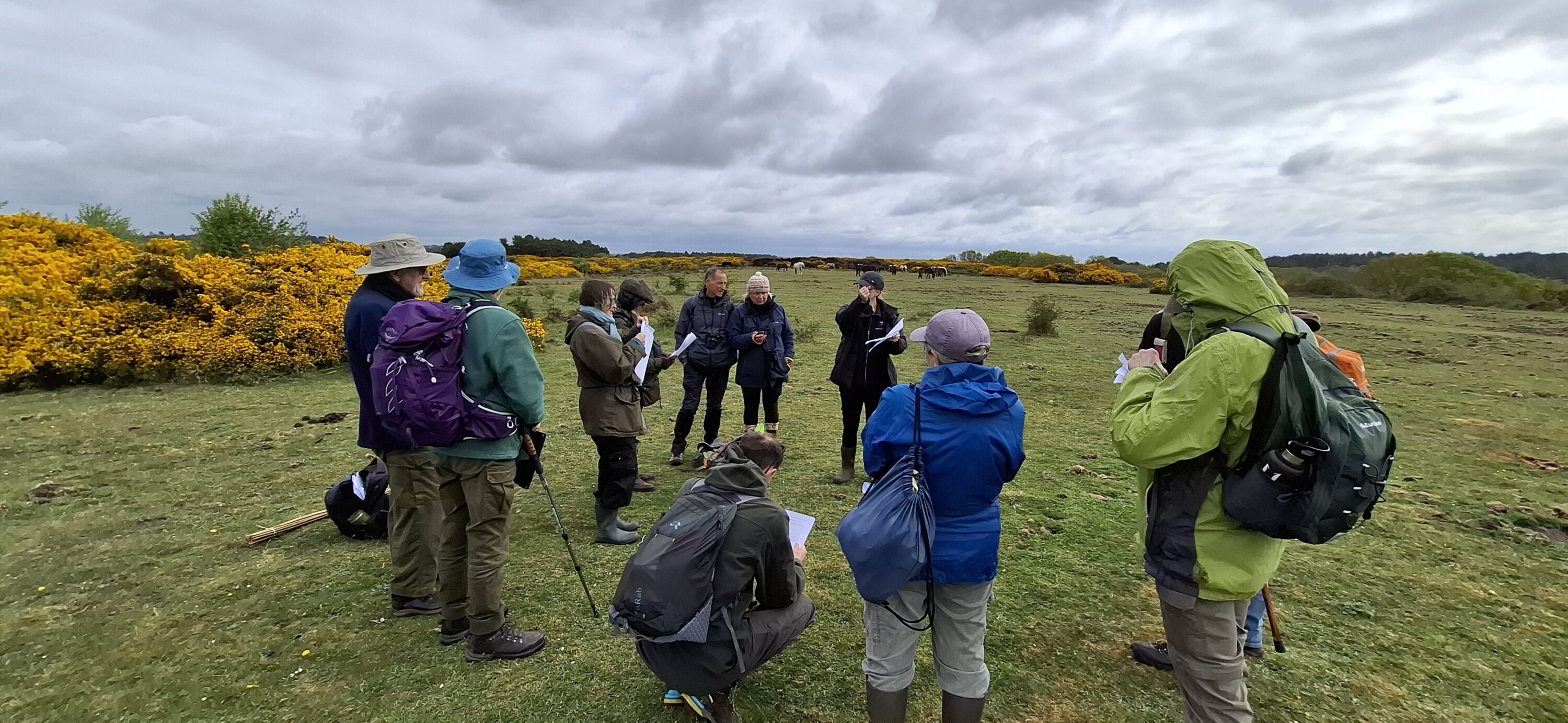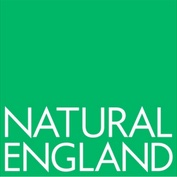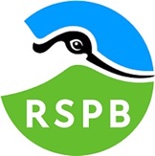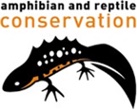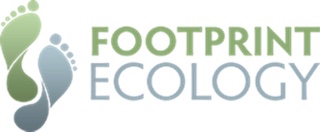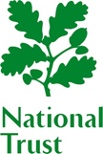Every Wednesday from April through September, a team of committed volunteers heads out into the heart of one of the UK’s most ambitious rewilding landscapes: the Purbeck Heaths National Nature Reserve (NNR). This is the Purbeck Heaths NNR Monitoring Group — an initiative dedicated to tracking how wildlife is responding to changes in habitat across this dynamic, shifting landscape.
At the centre of their focus is the Grazing Unit (GU), a key part of the Purbeck Heaths NNR, and a place where conservation takes its cue from nature.

Purbeck Heaths NNR (in pink) with the Grazing Unit hatched in black.
The Grazing Unit: Letting Nature Lead
Covering over 3,000 hectares, the Purbeck Heaths NNR brings together seven landowners — including the National Trust, Natural England, the RSPB, and Dorset Wildlife Trust — working under a shared management vision. Their aim: to reconnect habitats, reduce fragmentation, and allow natural processes to play a stronger role in shaping the land.
Nowhere is this more evident than in the Grazing Unit, a 1,370 hectare fenced section of the NNR where free-roaming grazers such as cattle and ponies are used to mimic the natural disturbance that once maintained heathland habitats. These grazing animals help create the bare ground, varied sward structures, and transitional microhabitats that many rare species depend on.
But letting nature take the lead doesn’t mean walking away — it means observing closely, collecting evidence, and adapting accordingly. That’s where monitoring comes in.

Tamworth pigs are amongst the ‘grazers’ being out on the Purbeck Heaths
Monitoring in Action
The PNHF Monitoring Group supports this adaptive management by carrying out weekly surveys within the Grazing Unit. On a three-year cycle, the group monitors:
- Fixed-point vegetation quadrats (20m x 20m plots)
- Ponds and wetland features
- Populations of habitat indicator and rare species
These efforts form part of a wider, evidence-based monitoring plan developed by the NNR partners with input from local ecological experts. The plan focuses on over 250 priority species— including plants, invertebrates, reptiles, and birds — which serve as indicators of habitat condition and ecosystem health. See also this article for more information about our priority species: Priority Species for monitoring on the Purbeck heaths NNR



Three of our priority species included in the Fixed-Point square surveys: Crab spider (Thomisus onustus), Sundew (Drosera spp.), and Heath bee-fly (Bombylius minor).
Focus for 2025: Fixed-Point square surveys
In 2025, the main focus is on Fixed Point square surveys within the GU. After the first round of surveys in 2022, we are now revisiting them. For this volunteer are surveying a network of habitat-stratified plots, each 20 x 20 metres, following a standardised protocol to ensure consistency over time.
These surveys aim to:
- Follow up in our baseline survey in 2022 and look for our 37 target species (plants, invertebrates, and reptiles)
- Compare responses of these species to the grazing regime and natural habitat dynamics
- Inform future land management, ensuring that grazing interventions support biodiversity rather than threaten it
By repeating surveys at the same points every 3 years, the Monitoring Group is helping to build a detailed picture of how grazing influences the structure and biodiversity of this complex landscape.

A group of volunteers surveying an acid grassland 20×0 meter square for our priority species
Science, Volunteers, and Stewardship
The work of the Purbeck Heaths NNR Monitoring Group is vital. It provides real-world data that feeds directly into land management decisions — decisions that balance the desire for a more self-willed ecology with the need to protect vulnerable species.
Just as the grazing animals help shape the land, the volunteers help shape the understanding of how that land functions. Their contributions ensure that the future of the Purbeck Heaths is based not on guesswork, but on solid ecological evidence.
Together, this partnership of conservationists, scientists, landowners, and volunteers is helping to demonstrate what nature recovery looks like — not only in theory, but on the ground.
Get Involved
The Purbeck Heaths NNR Monitoring Group is always looking for new volunteers to support this vital work. Whether you’re an experienced naturalist or just keen to learn more about the ecology of the heaths, your help is very welcome. By joining the group, you’ll contribute directly to one of the UK’s leading landscape-scale conservation projects.
To stay informed and get involved, you can join the Monitoring Group via the PNHF website (click this link). Training and guidance are provided, and even occasional help can make a real difference.
